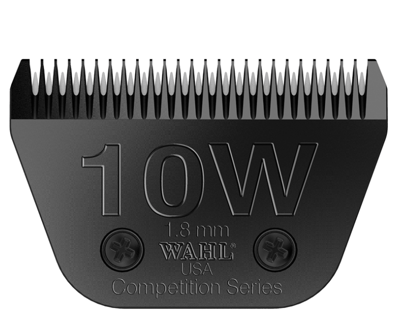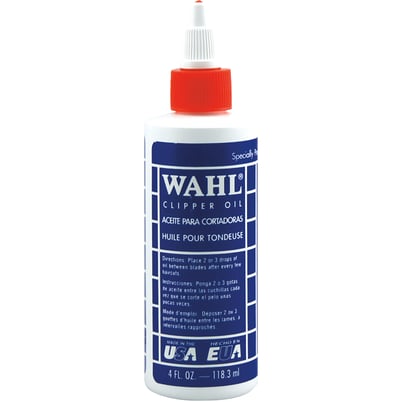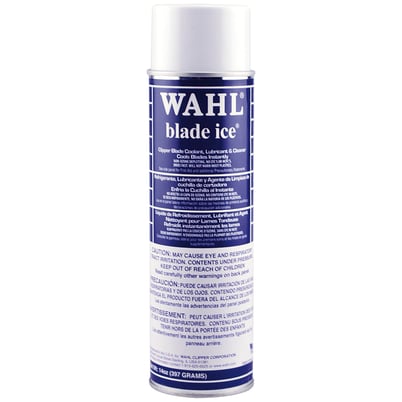Once your horse has started growing his winter coat, you might find that he’s more comfortable and less sweaty with a clip. Here are some tips for helping your horse shine in the cold weather with a special clip!
Deciding if clipping is best for your horse.
There are many factors to consider when contemplating clipping your horse. First, how’s the climate in your area? Warm winters and fuzzy horses don’t often go together. Cold winters and fuzzy horses that have a few months off do well together!
How much are you exercising your horse with his winter coat? In combination with the climate of your area, you might find he’s excessively sweaty and takes forever to dry. A full or partial clip can help with that! Or, you may find that keeping your horse’s winter coat and some light work in your climate is just fine, and sweat isn’t an issue.
Consider the ability to use sheets and blankets on the clipped horse. This isn’t always feasible or convenient, and in other cases, it’s quite easy.
Think, too, about your horse’s weight and health. Overweight horses have extra internal insulation, and a fuzzy coat could make a horse quite uncomfortable. Underweight horses can benefit from blankets and a bit of fuzz so that they can maintain weight as temperatures drop.
Your veterinarian can always give you advice on the best situation for your horse, his fitness and health, and the area you live in.
Where to clip your horse? Clip the areas that your horse gets sweaty and uncomfortable.
The general rule of thumb for clipping horses is to remove the hair where he’s the sweatiest. This allows the skin to stay healthy, and the clip makes for easy cooling off and drying of your horse’s whole body. There doesn’t have to be an exact replica of a trace clip or bib clip that you spotted on the internet. It’s a custom clip, and every horse will be a bit different.
Generally speaking, some common sweaty areas are under the neck, around the flank and hind legs, and under the saddle. You may want to keep the hair under the saddle intact, to prevent saddle sores on clipped skin. However, you can clip around the saddle, down the sides, or even across the broad part of your horse’s back to help with his thermoregulation.
Some horses may not get sweaty on their legs, but can benefit from shorter leg hair or clipped legs. Fuzzy legs are easily mucked up by mud and winter weather. Skin conditions can easily erupt, and clipped legs make cleaning, inspecting, and caring for legs easier.
Clipping tips! Start with a clean horse.
A horse that is scrubbed clean before clipping makes your horse safe and comfortable! A clean horse doesn’t have any dust or dander or dirt that can damage and dull your clipper blades. This also prevents your clippers from tugging at your horse and creating uneven lines and marks.
Better yet, have a clean horse that also has some grooming oil applied. This creates a slick surface for the blades to glide though. Many people use sheen or silicone products, but these are often loaded with alcohol which easily evaporates and dries out the hair.
The quality of your clipping will be vastly improved with a clean horse. Your clippers and clipper blades will also benefit with a longer life and more comfort for you and your horse.
Start with clean clippers and fresh clipper blades.
If the blades are dull, you may as well have a dirty horse! No good can come from this. Your blades need to be sharp, clean, and most importantly, oiled. Your clipper body should also be clean and the cord and/or batteries should be in good working condition.
If you are interested in saving a bit of time with clipping, choose a 10 wide blade to cover more surface area!
Use coolant and proper clipper oil frequently.
As you are clipping along, be sure to stop every 5 to 10 minutes or so to clean your clipper blades. You can brush them off and/or use a coolant spray. Always follow up with more clipper oil to keep the blades sliding against each other correctly. Clipper oil will also flush any dust or debris from in between the blades to keep things moving smoothly.
If you accidentally use too much clipper oil, run the clippers for 30 seconds or so to disperse the oil. It’s not harmful to your horse if he gets a blob of it on his coat.
Don’t worry about mistakes.
There’s an old saying that the difference between a good clip and a bad clip is two weeks! Things grow back. As a general rule of thumb, clip about two weeks before a horse show or event so that things smooth out.
If you have clipper lines, a few things might have happened. Uneven pressure causes lines and rough patches. Addressing this is just a matter of practice! Lines also appear on dirty horses, dull blades, or both. It’s easy to fix by just taking a fresh set of clippers and lightly clipping X marks over the lines. Of course, this goes against the false notion of only clipping against the hair growth, and it works!
When should you clip?
Clip when your horse needs it! This may be early, in only a few spots, or later, in more areas. This is absolutely situational dependent.
Many horses are totally body clipped in the fall. This allows a horse to stay cleaner and more comfortable as the weather becomes colder. Some horses may need a touch up a couple of months later, as the original clip has grown in. If the weather is particularly harsh, the second clip could be a trace clip instead of a full body clip.
This is especially important with regards to the legs. An early body clip creates crisp and naked legs, which have plenty of time to grow in before the thick of winter arrives. You can always let them grow in and skip clipping them again.
The closer you get to the winter solstice in late December, the less hair will be growing in. If you are new to clipping, this means that lines and visible errors may not fade away as easily. But, that’s not really a big deal, as long as your horse is feeling good!
For more great tips and tutorials from Liv, check out her website Pro Equine Grooms.









